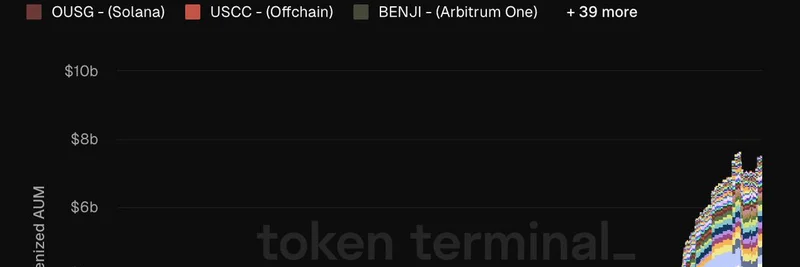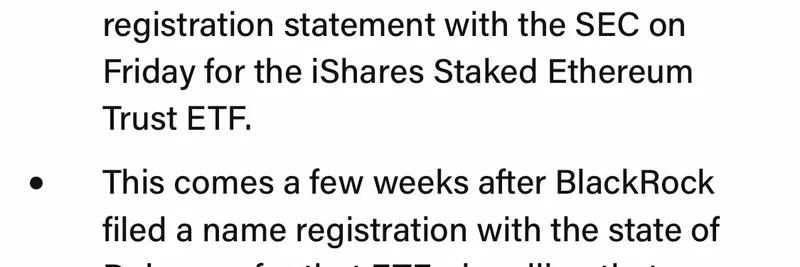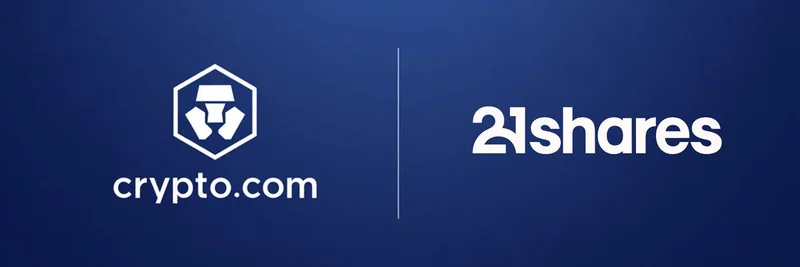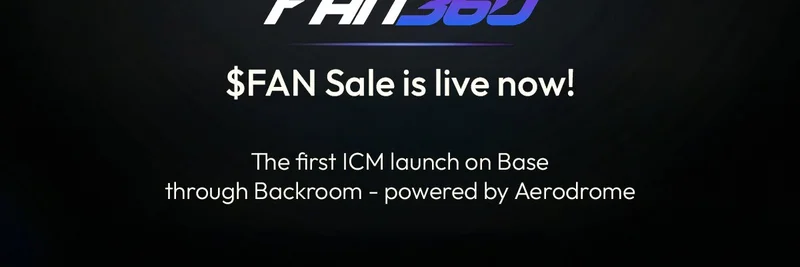In the fast-evolving world of blockchain and crypto, traditional finance giants are making big moves. A recent post from Token Terminal spotlighted the two largest tokenized fund deployments: BlackRock's BUIDL and WisdomTree's WTGXX. Both are built on the Ethereum network and share some intriguing similarities that highlight how legacy institutions are embracing decentralization.
For those new to the term, tokenized funds are essentially digital versions of traditional investment funds, represented as tokens on a blockchain. This allows for seamless, 24/7 trading, lower costs, and greater accessibility—think fractional ownership without the usual barriers. These funds often invest in stable assets like US Treasury bills (T-bills), which are short-term government debt securities known for their low risk and steady yields.
The chart shared by Token Terminal illustrates the growth in assets under management (AUM) for various tokenized funds over the past couple of years. You can see a clear upward trajectory, with the total AUM climbing steadily since early 2023 and hitting new highs by mid-2025. BUIDL, shown in green, takes the top spot, followed closely by WTGXX in blue. Together with dozens of other funds, the sector has ballooned, reflecting growing institutional interest in on-chain assets.
What makes BUIDL and WTGXX stand out? According to the post, they have a few key things in common:
Established Issuers: Both BlackRock and WisdomTree are publicly listed companies founded back in the 1980s. BlackRock, the world's largest asset manager, launched BUIDL in March 2024 as the BlackRock USD Institutional Digital Liquidity Fund. It's designed to maintain a stable $1 value per token, backed fully by US T-bills, cash, and repurchase agreements. As of recent data, its market cap has surged past $2 billion, making it a powerhouse in the real-world asset (RWA) space.
Investment Focus: These funds pour money into US T-bills, providing investors with yield from government-backed securities while enjoying the benefits of blockchain efficiency.
Ethereum Deployment: Everything runs on Ethereum, the go-to blockchain for smart contracts and decentralized finance (DeFi). This choice underscores Ethereum's dominance in tokenized assets, holding about 55% of the market share in this niche as of mid-2025.
The broader tokenized asset market is booming too. Recent reports show the total AUM for tokenized assets—including currencies, commodities, and treasuries—reaching an all-time high of around $270 billion. While stablecoins like USDT and USDC make up a big chunk, specialized funds like BUIDL and WTGXX are carving out a niche in tokenized money market funds (TMMFs). For instance, Spiko's EUTBL, mentioned in the chart's footnote, is pioneering investments in EU Treasury bills, expanding beyond US assets.
At Meme Insider, we usually dive deep into the wild world of meme tokens, but this trend matters here too. As institutional players like BlackRock and WisdomTree bring trillions in traditional capital on-chain, it could create more liquidity and stability in the crypto ecosystem. That spillover might fuel the next meme coin frenzy or inspire new RWA-meme hybrids—imagine tokenized memes backed by real yields!
If you're curious about the original discussion, check out the Token Terminal post on X. It's a reminder that crypto isn't just about hype; it's increasingly about bridging old-school finance with cutting-edge tech. What's your take—will tokenized funds supercharge meme token adoption? Drop your thoughts below.




